On the boardwalk at Fisherman’s Wharf at Steveston, where the rich Fraser delta meets the Pacific Ocean, I inhale the smell of saltwater mingling with salmon, spring prawns and octopus being sold direct from boats. I also feel a deep sense of history.
In the late 1890s, 17 canneries lined the Steveston shore and square-rigged sailing ships carried millions of cans of salmon around the world. During the fishing season the population ballooned from 400 to 10,000, transforming the town into one of the wildest in western North America. In 1905, Steveston was a warren of gambling houses, saloons, opium dens and an incongruous opera house.
Located in Richmond, just a 13-minute drive from the Pacific Coastal Airlines’ hub at Vancouver International Airport’s South Terminal, this quaint little seaside neighbourhood is definitely worth a visit.
To savour the area’s rich past, I joined the Steveston Heritage Experience tour at the Seine Net Loft of the Britannia Heritage Shipyard, a National Historic Site consisting of 14 restored buildings. A guide wearing a 1914 costume showed us the Murakami boatworks, First Nations and Chinese bunk houses and boats under restoration. Sipping tea in a rudimentary bunkhouse, we learned how Japanese “picture” brides arrived to marry Japanese fishermen they’d never met before.
At Steveston Tram 1220, known as the Sockeye Special, we munched on popcorn as the conductor explained how electrified trams ran to Vancouver from 1902 until 1958.
After touring the Steveston Museum we entered the Strait of Georgia Cannery, another National Historic Site, built in 1894, the largest cannery in the area. The guide led us along the cutting and packing line, describing the long hours, child labour and poor safety. A scream of pain often resounded as a finger was chopped off by a sharp knife, followed by frantic searching for the severed digit before it got canned.
During World War II, Japanese people in British Columbia, including all 2,600 in Steveston, about twothirds of the town’s population, were forcibly moved inland. Hundreds of fishing boats were confiscated and overnight Steveston became like a ghost town.
In 1949, the Japanese-Canadians were allowed to return and slowly Steveston was rebuilt. Salmon catches grew and by the 1960s the good times had returned. In the 1990s, however, salmon stocks dwindled and increased mechanization led to canneries consolidating. The last cannery closed in 1997.
But Steveston bounced back again. Today, the fishing fleet, even reduced to 600 boats, is Canada’s largest, and the tourist trade is booming due in large part to the town’s rich history.
If you go:
- Eat: Britannia Brewing Steveston is an “upbeat” and “hip new vibe” restaurant in the heart of Steveston village. Owned by Britannia Brewing Company, it proudly features fine local food, especially seafood, along with its own craft ales. The halibut and seafood pie, the clam chowder or a plate of Britannia beer-battered chips and fries go down well with a foaming glass of Wave Crusader XPA – an extra pale ale that has tasting notes somewhere between a British pale ale and an American IPA.
- See: Head to Garry Point Park at the western edge of Steveston for grand views onto the Fraser River and Strait of Georgia afloat with fishing boats, tugs pulling barges and sailboats. Families picnic under the trees while youngsters play along the shore. But the highlight is dozens of dragons, airplanes and diamonds attached to long strings looping through the sky overhead. You may even see a person on a threewheeled buggy whizzing about the park pulled by a kite.
- Sleep: A short drive to the River Rock Casino Resort, western Canada’s only four-diamond casino resort, is well worth it. Luxury suites and guest rooms will make your stay relaxing and comfortable. In addition to gambling, the resort offers a theatre, where many top entertainers appear, an indoor swimming pool, a fitness centre and an award-winning spa. The cuisine is superb with a number of restaurants, a food court and lounge.
- Do: Hop on a bicycle and explore Steveston and the surroundings. Being almost perfectly flat, the area is ideal for easy biking. And there’s lots to see with many trails, including the oceanside West and South Dyke paths. A good destination is the historic London Heritage Farm to the east, where you can enjoy tea in the beautifully restored 1890s farmhouse surrounded by gracious gardens and displays of antique farm implements.
– This story first appeared in Pacific Coastal Airlines’ SOAR Magazine.
Plan your adventures throughout the West Coast at westcoasttraveller.com and follow us on Facebook and Instagram @thewestcoasttraveller. And for the top West Coast Travel stories of the week delivered right to your inbox, sign up for our weekly Armchair Traveller newsletter!

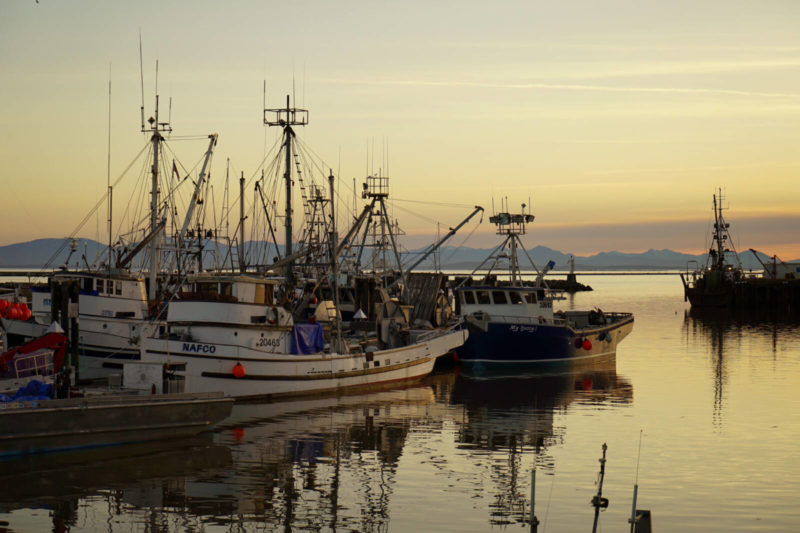
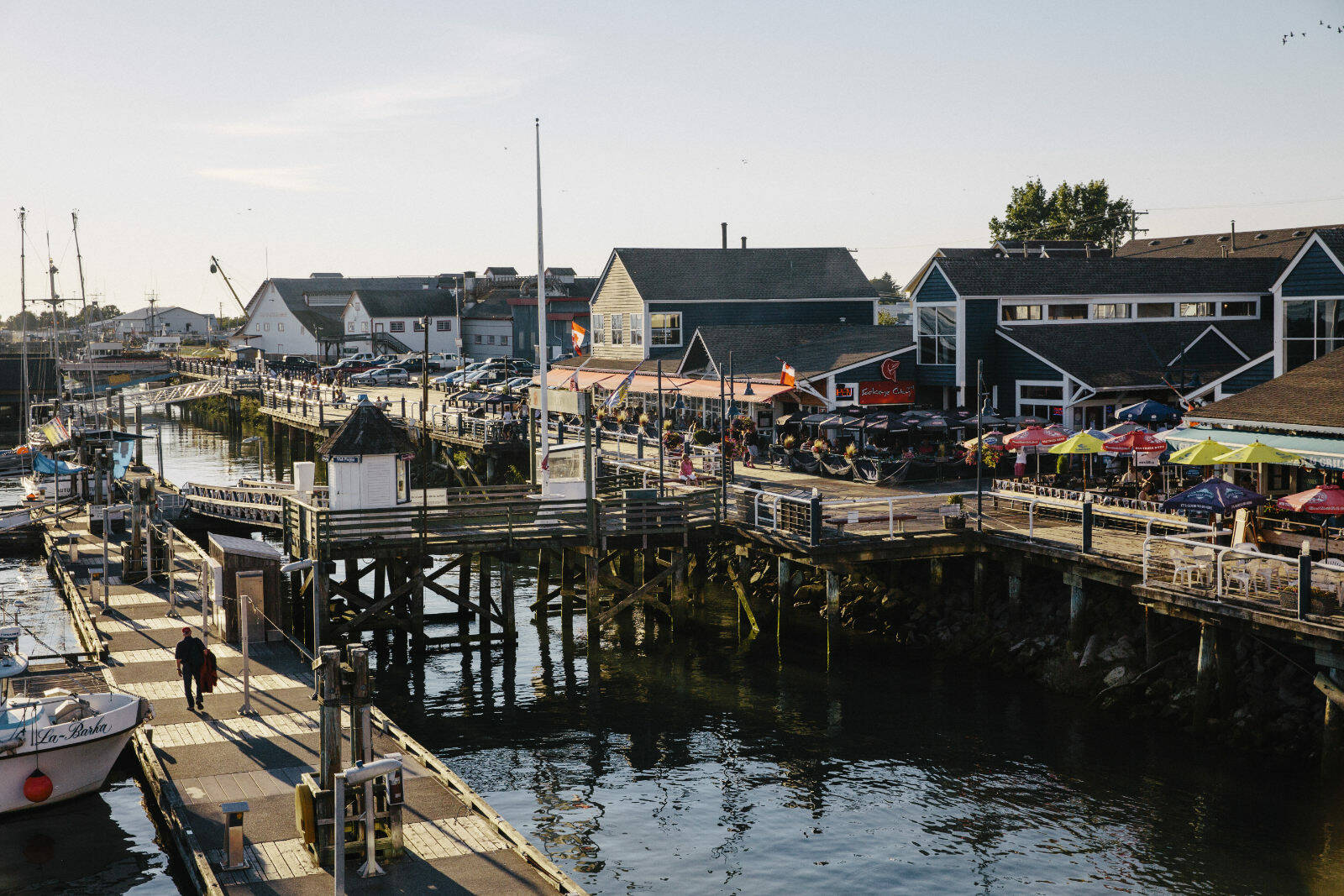

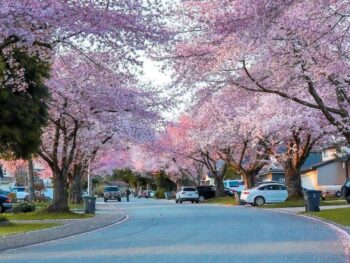
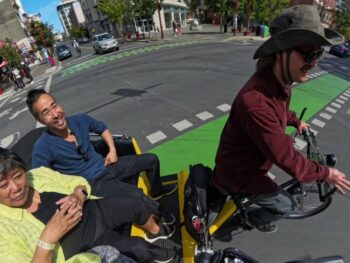
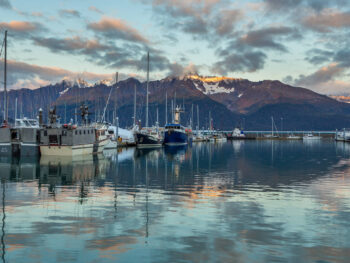

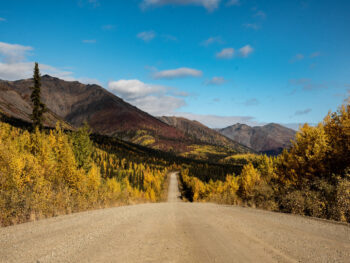
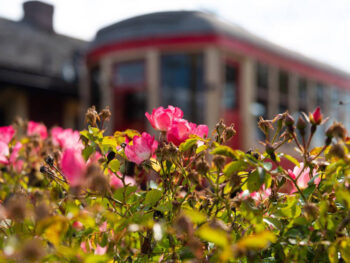
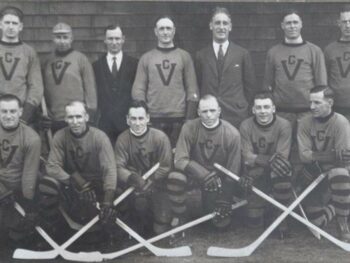
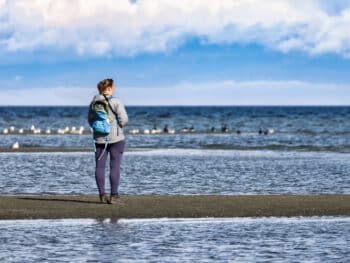
 West Coast Traveller RV Roadtrip: Navigating the Canadian Rockies’ National Parks
West Coast Traveller RV Roadtrip: Navigating the Canadian Rockies’ National Parks